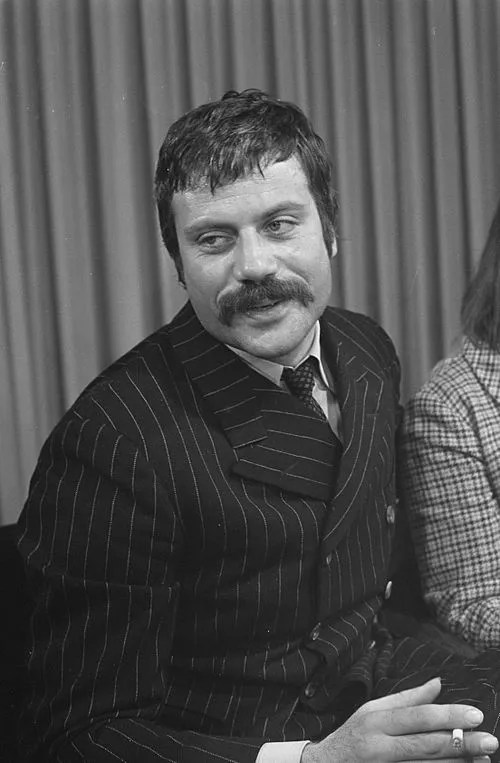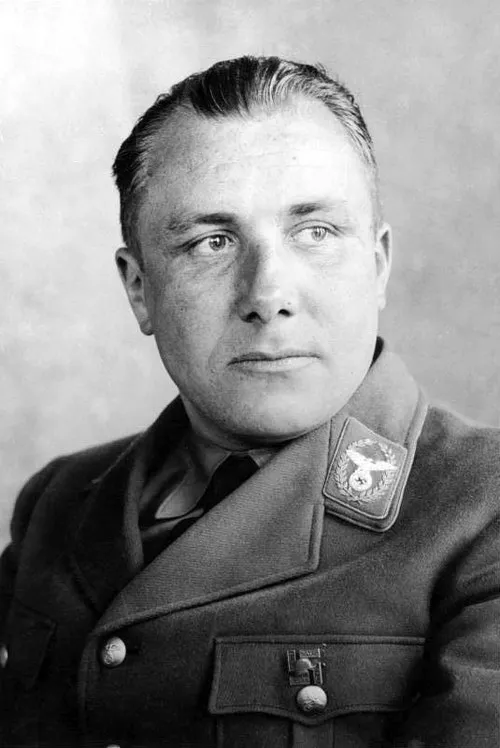Name: Stuart Archer
Nationality: English
Profession: Colonel and Architect
Year of Birth: 1915
Year of Death: 2015
2015 – Stuart Archer, English colonel and architect (b. 1915)
Stuart Archer was not just any English colonel; he was a man who carved out a unique niche for himself at the intersection of military strategy and architectural design. Born in 1915, his journey began amid the tumultuous backdrop of World War I. It’s interesting to consider that the world was grappling with profound changes, and the seeds of a remarkable career were being sown during such chaotic times. One might say it was destiny, or perhaps sheer coincidence, that led him to his dual passions: architecture and military service.
As a young boy, Stuart found himself captivated by the intricate designs of buildings and fortifications perhaps it was his surroundings in post-war England that ignited this fascination. However, like many of his contemporaries, he felt an undeniable call to serve when World War II erupted. His enlistment changed everything; it wasn’t just about serving one’s country it became a canvas on which he could apply both his strategic mind and creative spirit.
During the war years, Stuart rose through the ranks of the British Army. His keen analytical skills enabled him to navigate complex battlefield scenarios effectively; yet it was behind enemy lines that he truly began to think about architecture not as an art form but as essential infrastructure for survival. Ironically, while others were building destruction on foreign soil, Stuart envisioned how spaces could be optimized for both utility and aesthetic appeal.
After the war ended in 1945 a moment filled with mixed emotions across Europe Stuart returned home not only as a decorated colonel but also with new aspirations ignited within him. Perhaps one could argue that combat had instilled in him a deep appreciation for resilience not just in soldiers but also in structures designed to withstand time's ravages.
In pursuit of this vision, he enrolled at one of England's prestigious architectural schools. This decision marked another turning point while most veterans sought conventional jobs after their military tenure, Stuart immersed himself into academia once more! He tackled blueprints with fervor reminiscent of strategy planning during wartime missions. As if he were drafting maps before battle rather than plans for buildings!
The late 1940s ushered him into projects characterized by pragmatism fused with creativity designing homes that would be practical yet beautiful in nature amidst post-war reconstruction efforts across Britain! These creations didn’t merely represent bricks-and-mortar structures; they symbolized hope rising from despair a poignant reminder that life continues despite previous upheaval!
One might say that Stuart Archer’s architectural legacy is defined by this harmonious blend: functionality meeting artistry and what better exemplification than when designing community centers? Each center became more than mere facilities they emerged as gathering places imbued with purpose! Neighborhood bonds strengthened because citizens weren’t just living side-by-side anymore they interacted within these thoughtfully designed spaces...
However and here’s where things take an intriguing turn the evolution from soldier to architect did not come without challenges! Skepticism loomed over many ex-service members trying their hand at civilian careers after enduring wartime experiences the question lingered: Could someone steeped in battle ever fully transition back into peaceful society?
Despite facing doubt from peers who questioned whether military backgrounds had any relevance whatsoever within architecture circles or whether sensitivity towards design could emerge from someone trained solely on combat tactics Stuart persevered unyieldingly! In doing so…he paved pathways beyond societal perceptions while concurrently broadening horizons for future veterans wishing to carve similar journeys ahead!
The years rolled on...and by 1960s' end decades marked by social upheaval alongside technological advancements the impact left behind reflected broader shifts regarding how societies functioned spatially from urban planning initiatives aimed at regeneration all-around towns once bombarded heavily during earlier conflicts to embracing ecological principles influencing sustainable construction methods moving forward...
Arguably one significant aspect worth mentioning lies nestled within pioneering initiatives dedicated toward incorporating nature into urban environments; striving endlessly towards fostering connections between built spaces & natural landscapes often overlooked previously altogether! Projects envisioned under Stuart's guidance resonated deeply among communities eager seeking solace amidst fast-paced city living...and soon enough would inspire generations thereafter!
Inevitably though...as time pressed onward toward inevitabilities none can escape…in early June 2015 came news reverberating throughout various corners celebrating remarkable lives intertwined through shared passions: The passing away marks departure not solely confined merely onto earthly realms for moments lived tangibly experienced still linger evermore profoundly within hearts enriched via legacies forged together collectively passed along kindred spirits bonded eternally.
Certainly reflective upon concluding segments prompted deeper contemplation regarding legacies imparted alongside lessons learned along arduous pathways traversed with conversations lingering until present day showcasing everlasting significance underscoring importance rooted firmly amidst creation processes tied intricately intertwined histories weaved together consistently spiraling outward infinitely through life itself and ultimately bringing forward reflection answering larger questions posed still remain relevant no matter respective eras observed...













